In this article, we discuss 5 SUP beginner mistakes and how you can avoid them as you start your journey into SUP!
———————
In a previous post, we discussed a few tips for beginner SUP enthusiasts to implement in order to have the most success on their board right away.
If you’d like to check that previous post out please do so!
Today, we’re going to cover the other half of being a beginner in SUP- common mistakes that (every) paddler makes when they’re first starting out. And how to avoid them!
But before we begin, if you’d like a complete rundown of everything there is to know about SUP then check out the comprehensive guide – How to Paddle Board: Everything You Need to Know to Get on the Water.
Let’s get it going!
1. Paddling Alone
The first tip, and one that is often overlooked, will help keep you the safest especially if you are a beginner. When first starting out in the sport- find a paddling buddy.
With someone else with you on the water, you are able to keep in close contact with an additional person in case an emergency should arise. This can include inclement weather conditions, a paddle malfunction, maybe you get separated from your board, or you run into boat traffic.
Whatever you come across, there is always a better chance of surviving unscathed when you have an extra set of eyes and a helping hand next to you on the water.
Now, we realize not everyone has friends that share similar interests. In cases such as this, we recommend contacting a local shop or outfitter in your area. They will most likely have connections to other paddlers around you or they may host a SUP social event themselves! These events are great ways to paddle with people in your area and make friends with others who hold similar interests as well. Win-win!
2. Using the Wrong Gear
The wrong gear refers to a paddle that may not be for your size or a Paddle board that does not adequately float you.
We’ve seen this SUP beginner mistake before. When new paddlers are using paddles that are either too long or too short, their stroke is incorrect leading to an uncomfortable feeling in the rest of their body to the point where they just want to quit.
The best way to have a paddle that can work for you is by starting with an adjustable one. A rough measurement would be to have the paddle on dry, flat land, lift your dominant hand above your head, and have the handle of the paddle land right underneath your palm. This sizing isn’t 100% accurate but it’s a great place to start!
When it comes to boards- make sure the length, width, and especially thickness of it is enough to adequately float your body-weight. An undersized board will give even the best paddler problems in the water.
Luckily, our Atoll 11’ boards are rated up to 400 lbs which means it can accommodate just about everyone!
3. Picking the Incorrect Conditions
Of course, the weather is a huge factor when spending time on the water. It’s always a good idea to check the local weather forecast before heading out. But, even sunny days can be misleading and can be a common SUP beginner mistake.
On those perfectly clear sunny days during the summertime, what you want to look for is the strength of the wind and the direction it is traveling.
If it’s a strong wind, your best bet is to sit out for the day. If you are new to SUP and haven’t developed the strength or paddling endurance to take on adverse conditions, then waiting is the best tactic.
But if you feel confident you can make it, we highly suggest paddling upwind (facing into the wind) on the way out and downwind (with the wind) on the way back. This way, by the time you want to head back home, you will have plenty of energy to do so, instead of fighting the wind after an hour or so of paddling.
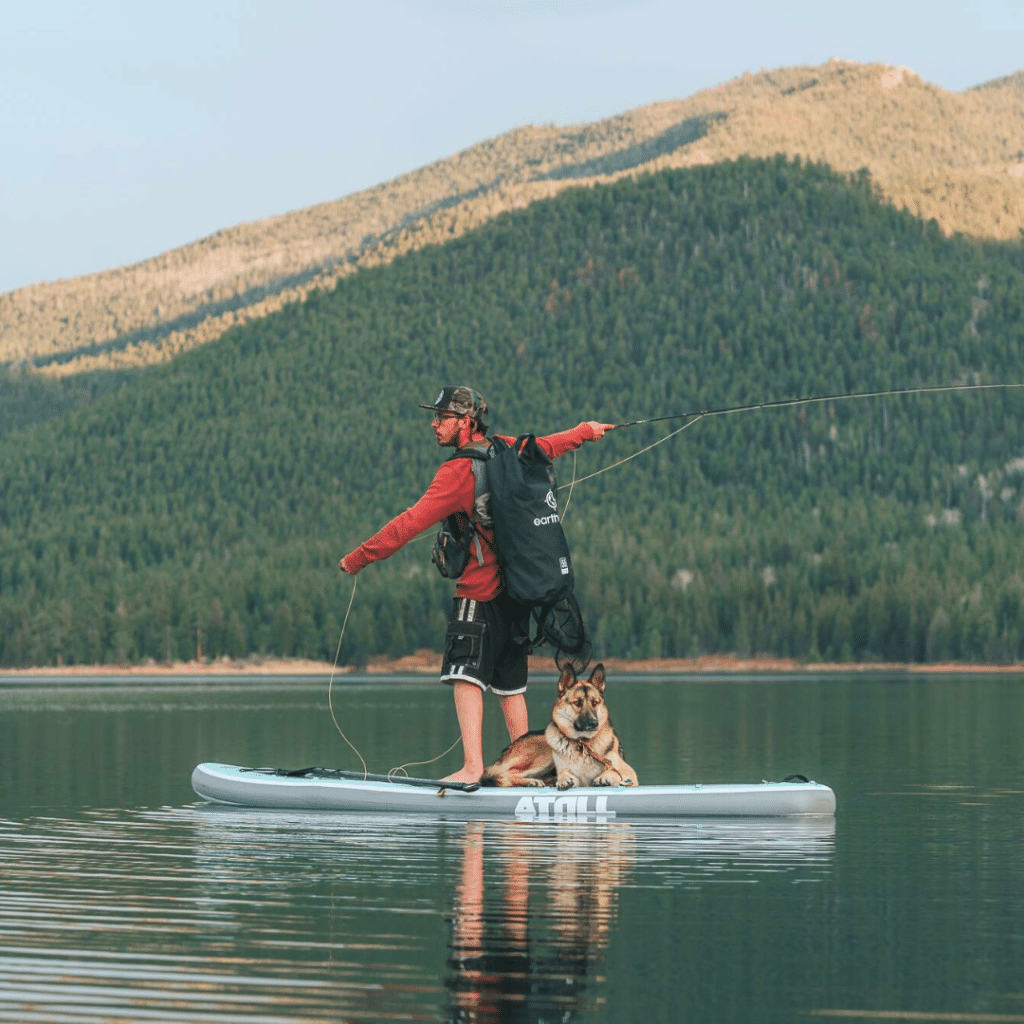
4. Holding the Paddle Incorrectly
This is a big one. And a mistake that almost every beginner has made.
Most beginners believe the paddle is held with the angle towards them as in a scooping motion in the water. This can work to some degree but what typically happens is the blade will shift from side to side uncontrollably. The motion will be awkward and your paddling efficiency will be reduced.
To hold it correctly, you should have the angle of the paddle facing away from you towards the front of your board, paddling instead with the flat side of the blade.
This will push the water better during your stroke and put less pressure on your wrists, elbows, and shoulders.
If it’s still unclear which way to hold the paddle – pay attention to the handle at the top. There should be a space where your fingers can cup inwards into the handle and a flat side on the opposite.
If it’s still unclear check out our more in-depth explanation here.
5. Falling Awkwardly
When you’re beginning your SUP journey it’s constantly on your mind…
“What if I fall in?”
“I don’t want to look like a fool.”
“How do I get back on if I do fall in?”
“Does everyone fall in or will I be the only one?”
First, almost everyone falls in on occasion so don’t feel bad if that person is you! If you do fall, you want to do it correctly to help mitigate any injury.
The major factor when falling is where your board is. The best tip we can give you is to fall away from your board- especially if you have a hard board.
If you fall on your board your chances of hurting yourself or cracking your board are greatly enhanced. When you feel like you’re losing your balance just jump off your board and try again. If you’re wearing a leash (as you should!) then you won’t lose your board and you won’t injure yourself.
Falling is a part of life, it’s your job to know how to fall correctly, and even more importantly- to get back up!
Conclusion
When you’re new at any activity it’s a given that you’re not going to be great right away. But that doesn’t mean there aren’t any measures you can take to help mitigate any mistakes. We hope with these few short tips that you’re able to do just that! And like always, if you have any questions, concerns, or just want to say hi, contact us and we will reply right away!


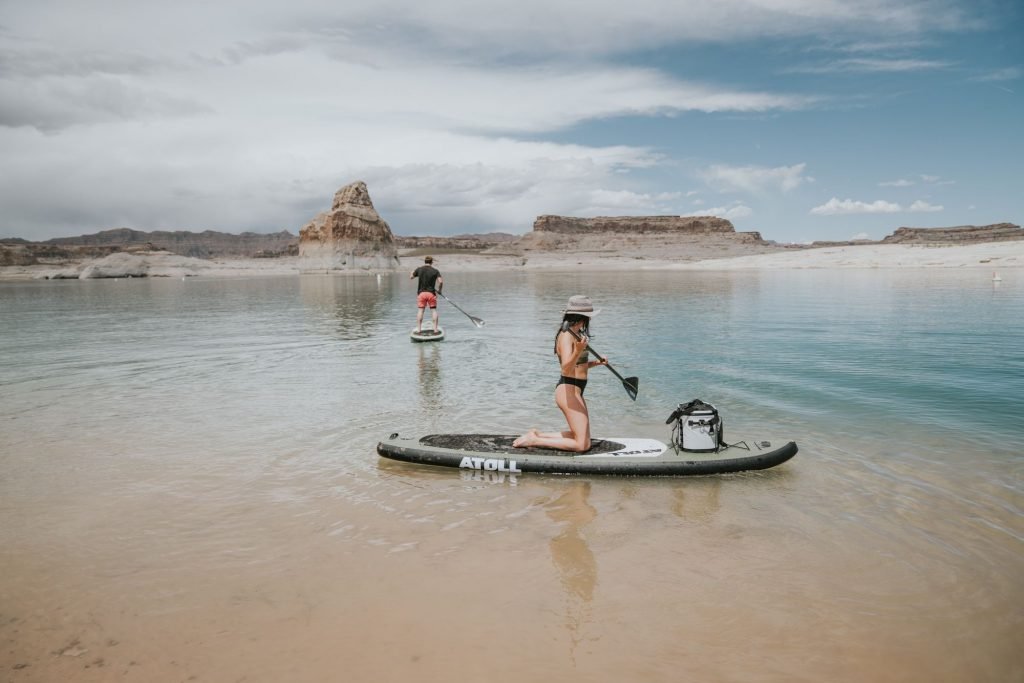

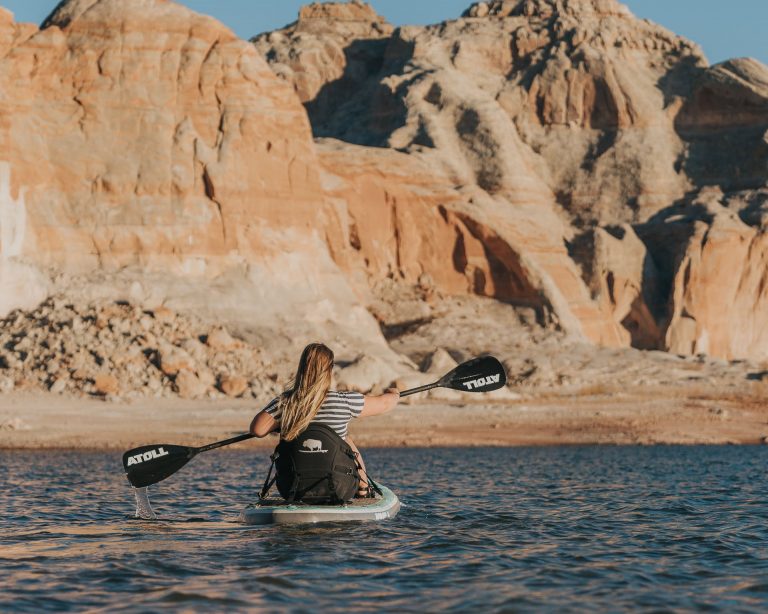

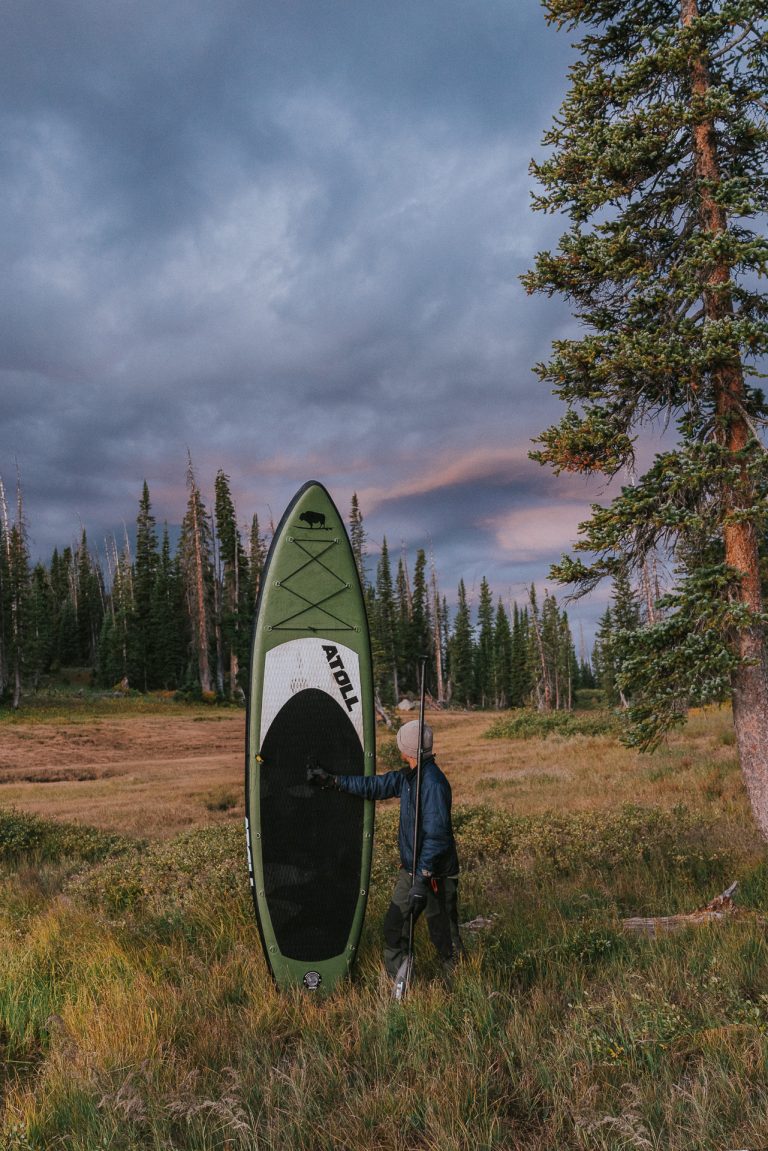

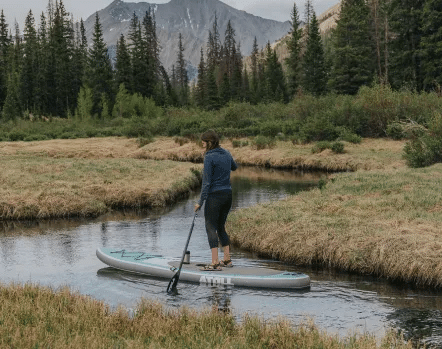

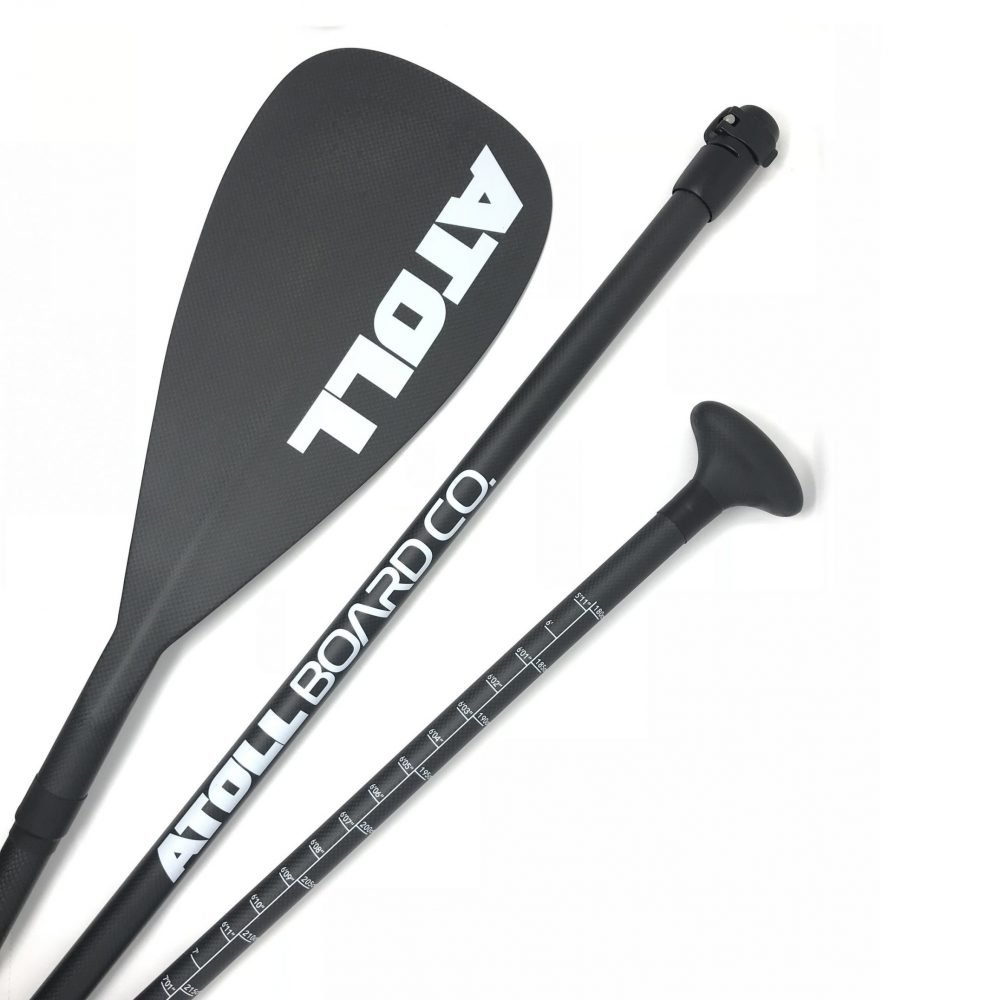
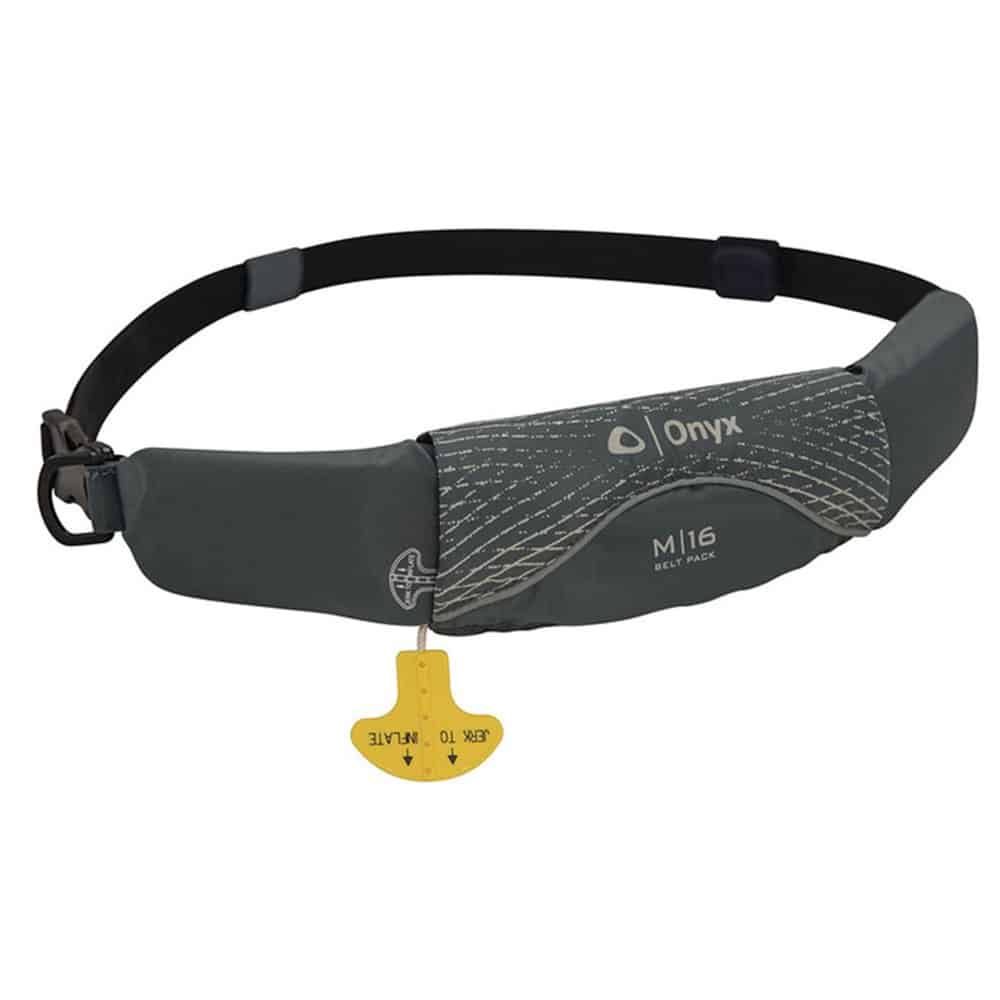
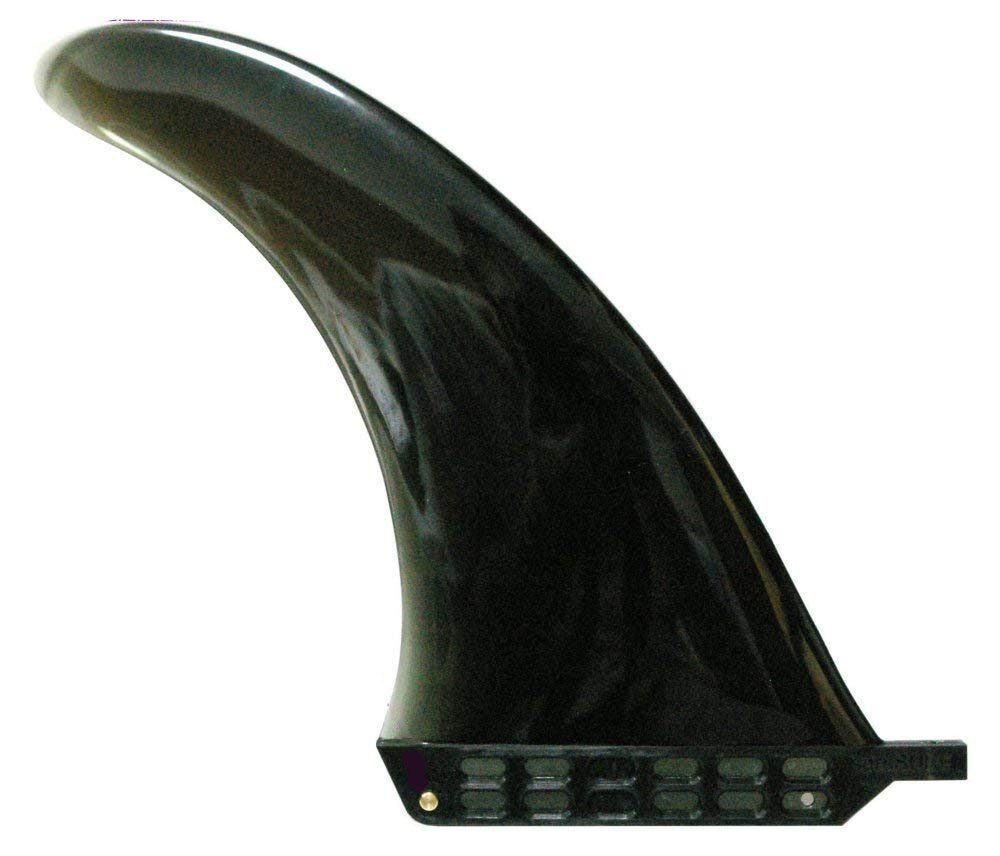
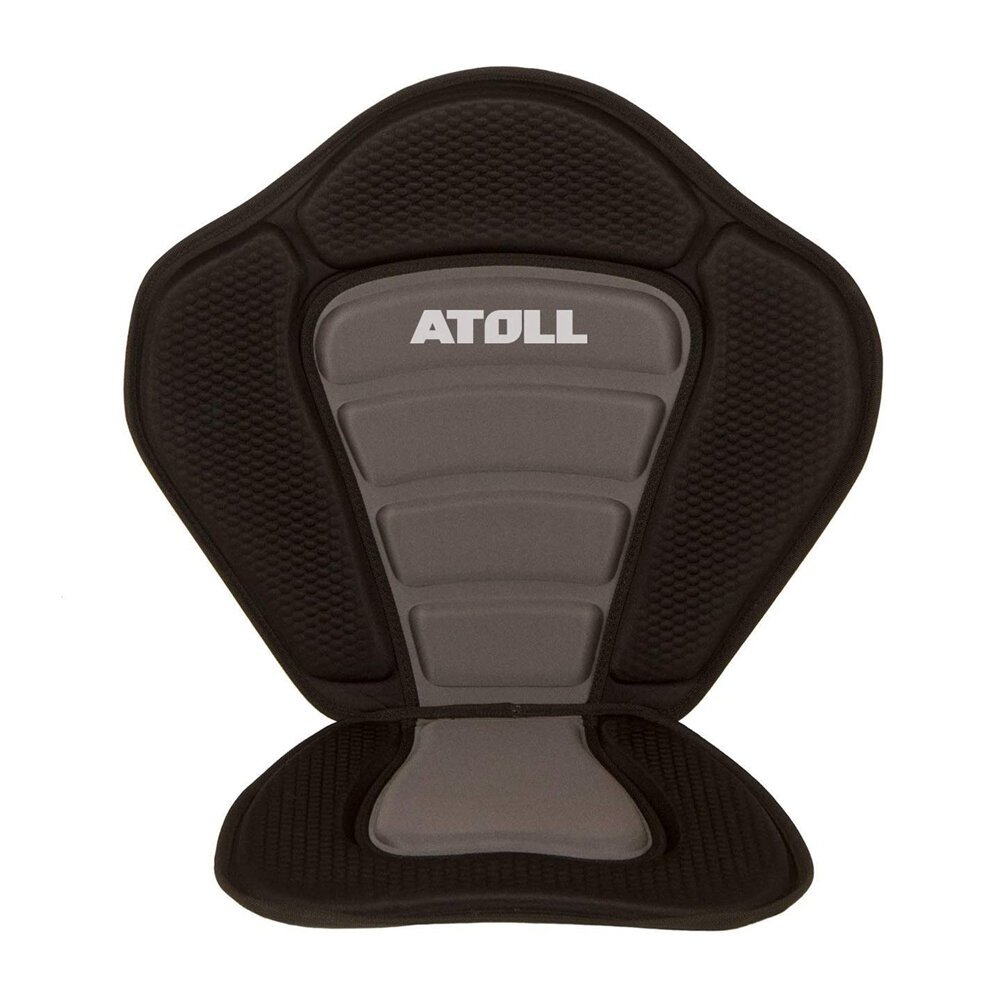
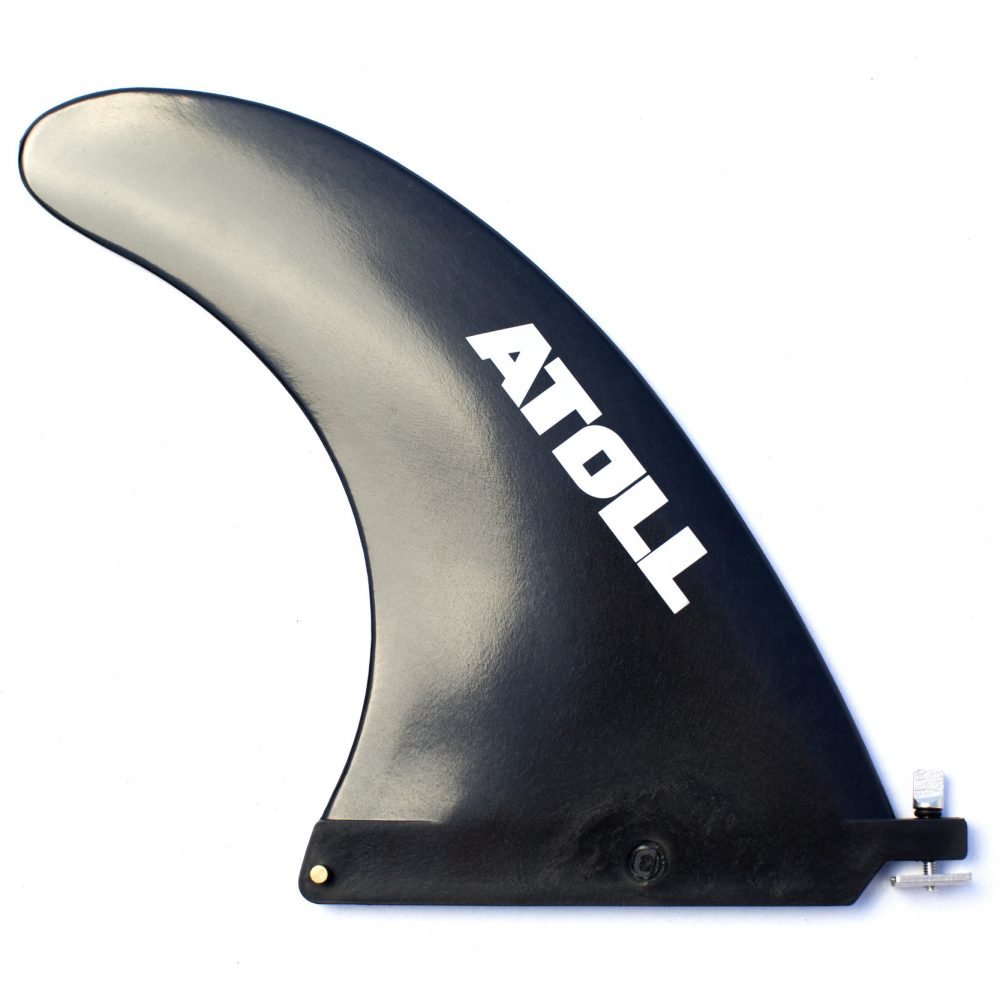
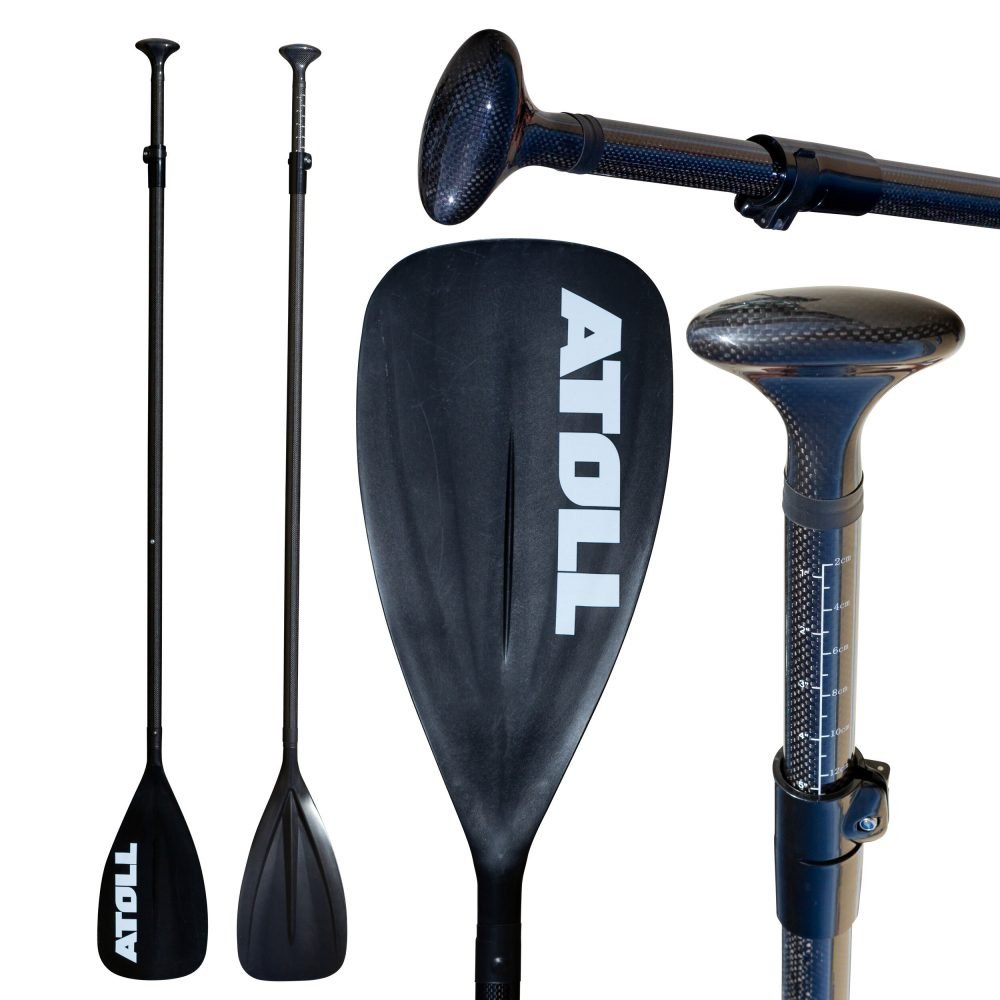
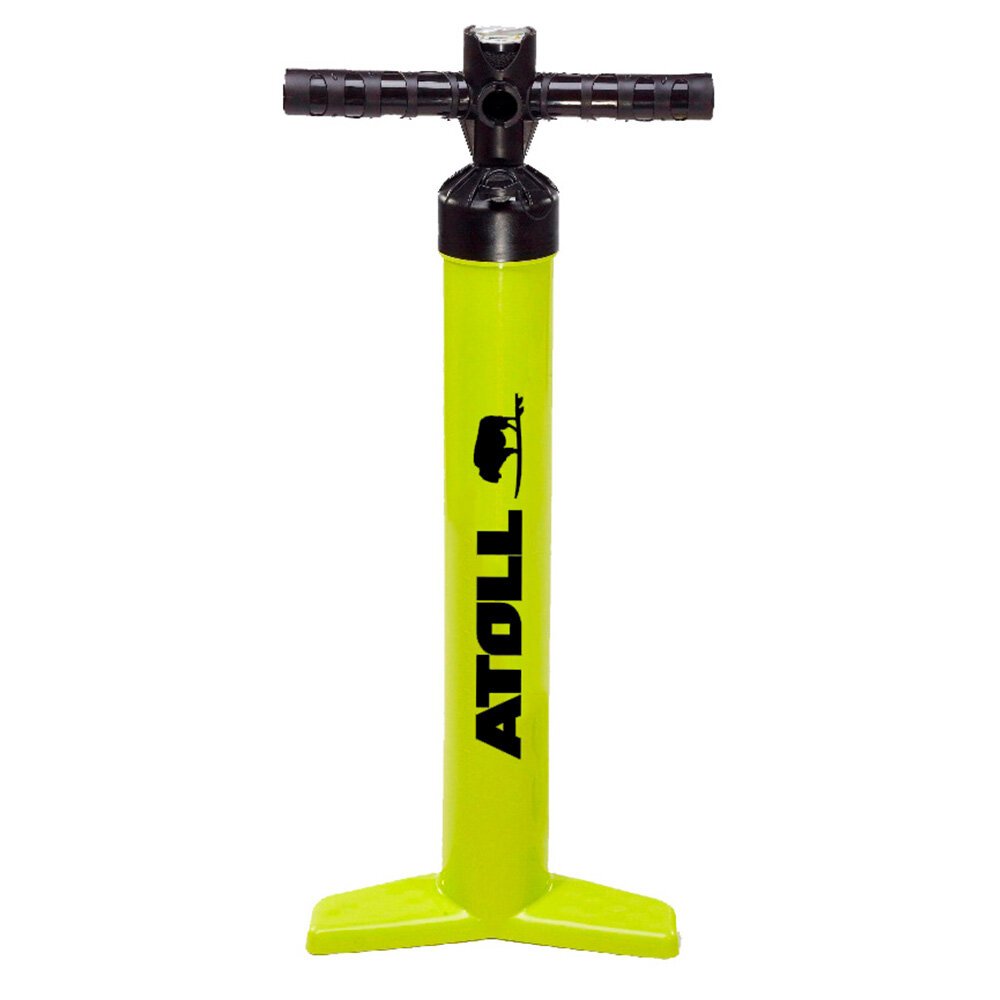
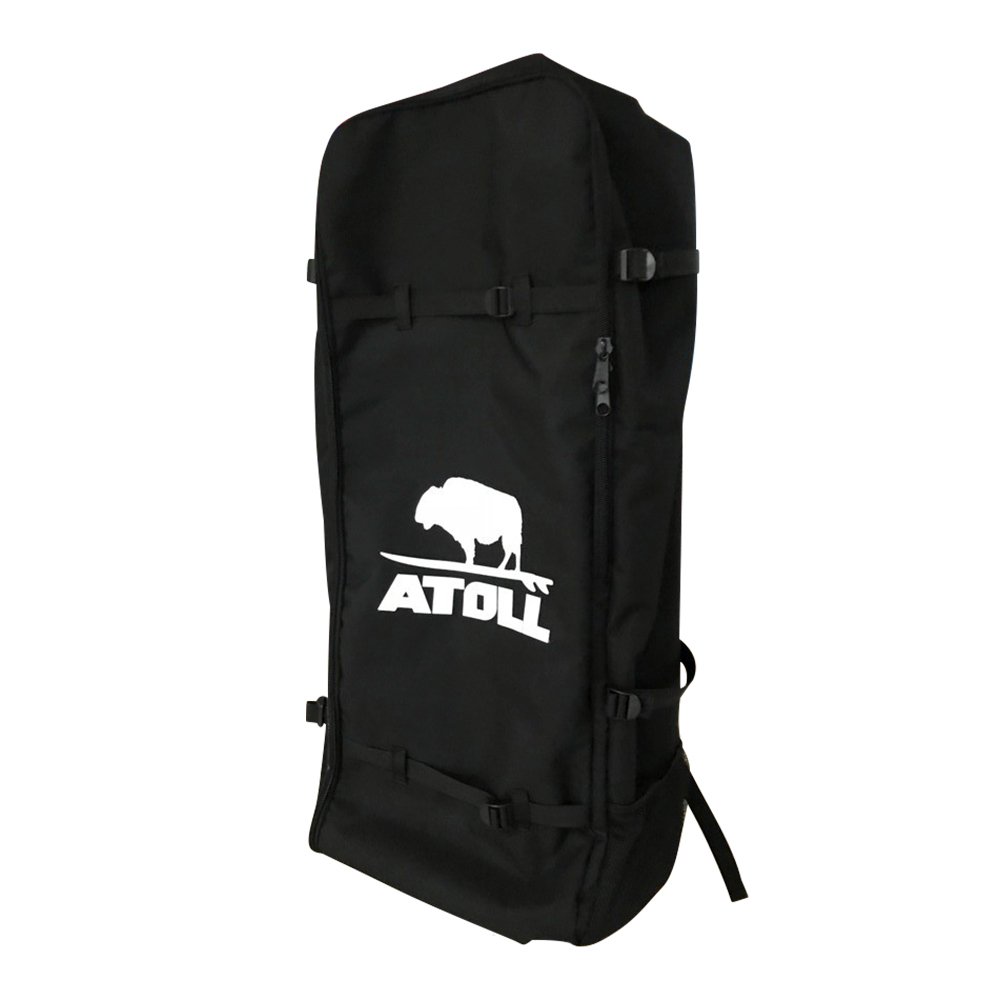
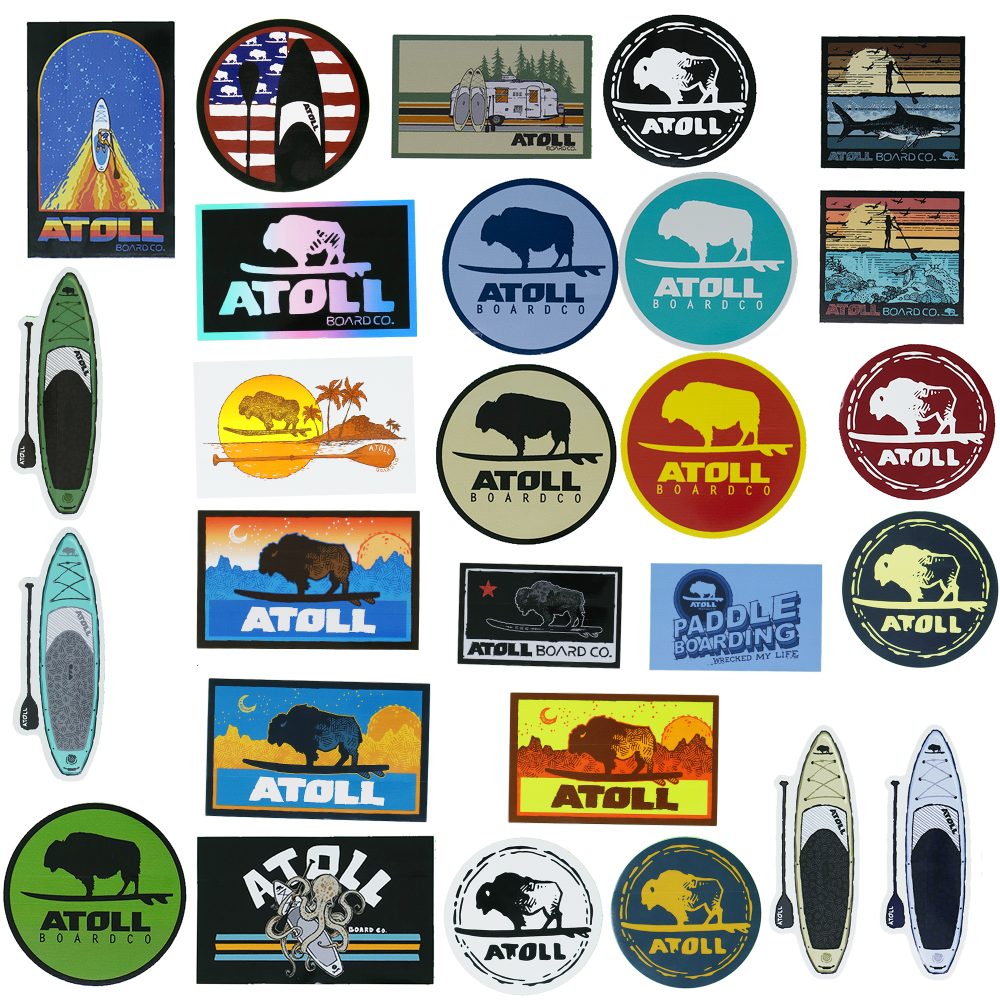
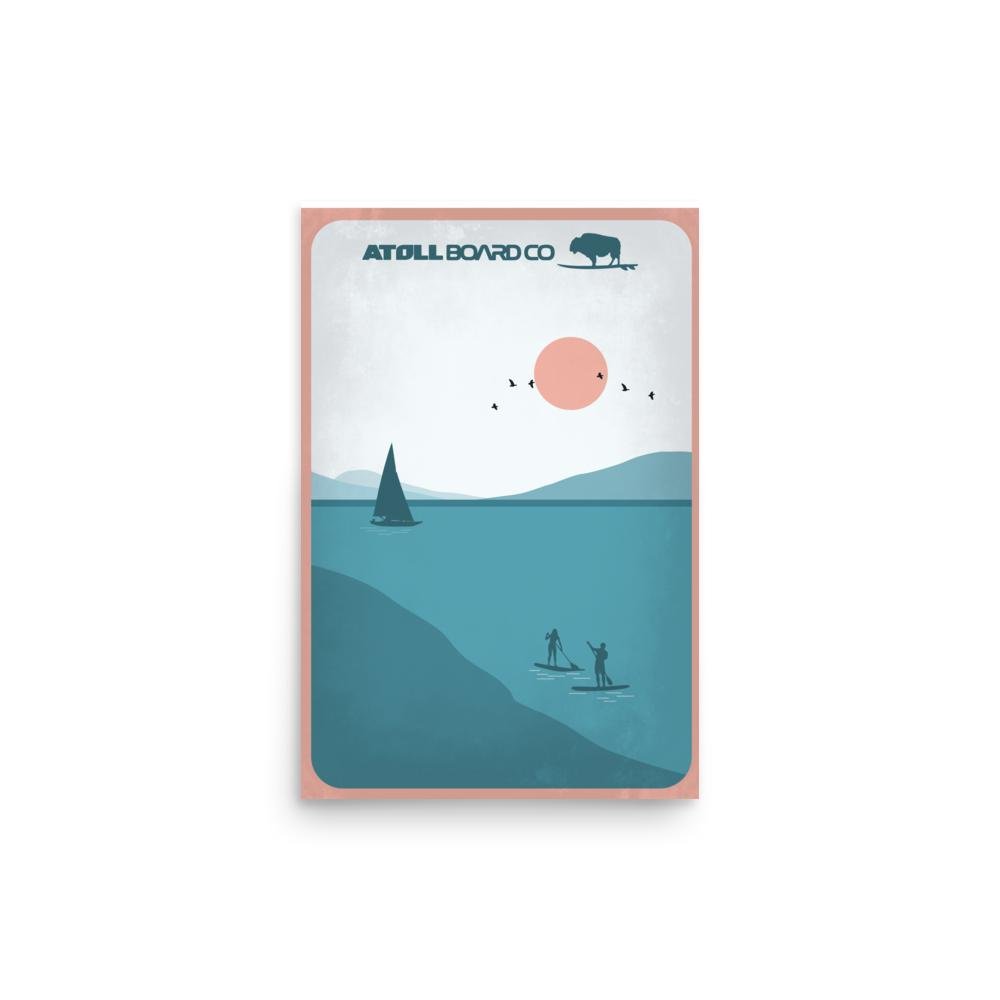
One Response
6. Spend a couple minutes stretching before getting on your board. Feet, ankles, quads, hamstrings, back, shoulders, neck, arms and hands. It will make you more comfortable on your board, give you a better and longer stroke, and help prevent injuries (especially if you fall).